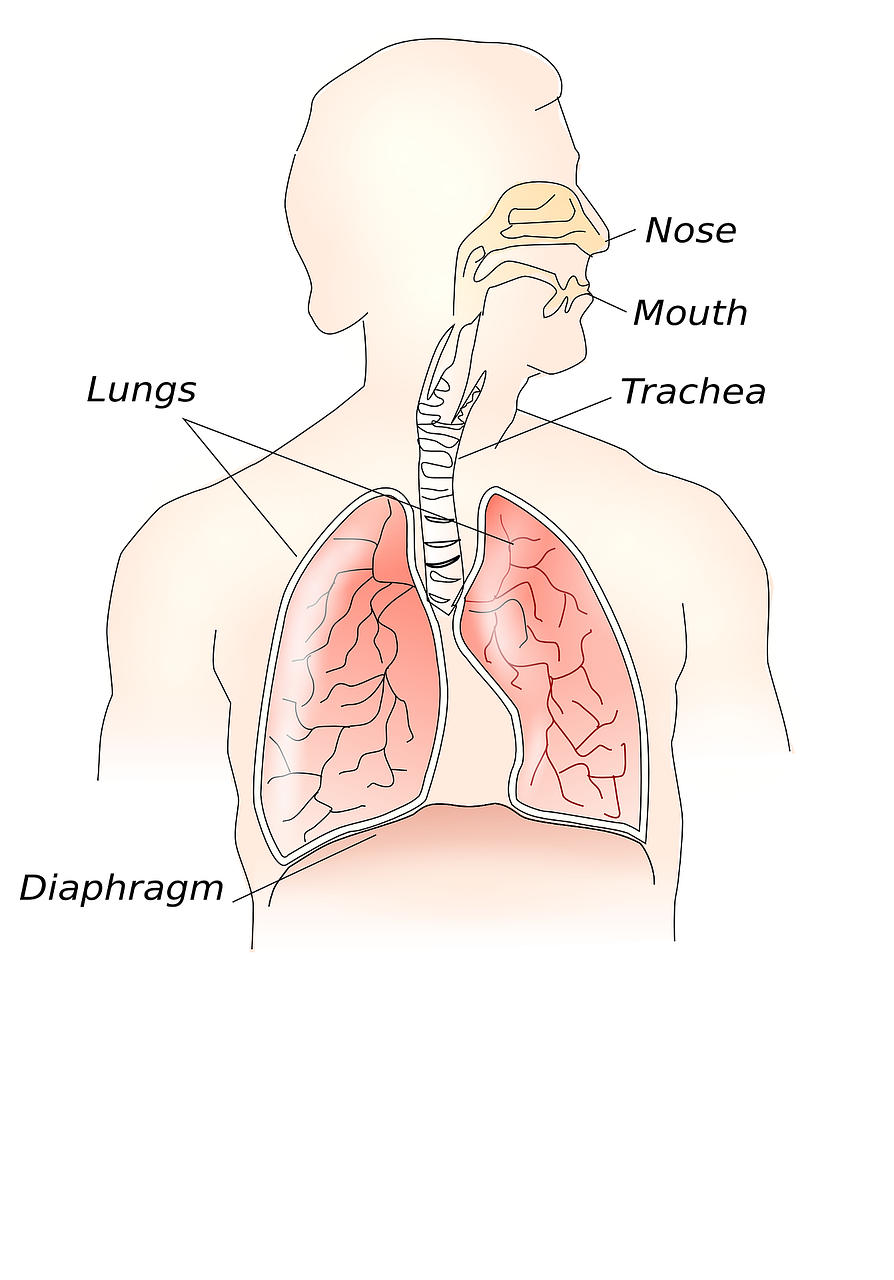
Nose or mouth?
Breathing is automatic. We breathe in oxygen and breathe out carbon dioxide without having to think about it. But many people tell us we should think about it.
Breathwork includes many different practices like shamanic breathwork, Vivation, Transformational Breath, Holotropic Breathwork, Clarity Breathwork, and Rebirthing. There’s also circular breathing, box breathing, and 4-7-8 breathing.
And then there’s Buteyko breathing. Buteyko claimed it would cure 150 diseases! Joseph Albietz evaluated it for SBM in 2009 and not surprisingly found a lack of evidence.
Each method is supported by those who practice it, and each is supported by testimonials rather than credible evidence. There is no consensus as to which method works best, and there are no controlled studies comparing the outcomes from different methods.
All kinds of benefits are claimed for breathwork.
Proper breathing is said to decrease fatigue, reduce anxiety, reduce symptoms of asthma in children and adolescents, improve stress management, reduce blood pressure, reduce aggressive behavior in adolescent males, and improve migraine symptoms.
Dr. Andrew Weil thinks 4-7-8 breathing can help with reducing anxiety, helping a person get to sleep, managing cravings, and controlling or reducing anger responses.
Alleged potential benefits of deep breathing include:
- Decreases stress, increases calm
- Relieves pain
- Stimulates the lymphatic system (detoxifies the body)
- Improves immunity
- Increases energy
- Lowers blood pressure
- Improves digestion.
I remember reading about a woman who always cut the end off a roast. When asked why she did it, she said it was because her mother had always done that. When finally prompted to inquire why she did it, her mother explained that it was the only way a large roast would fit into her small roasting pan.
The daughter assumed that her mother did it to somehow make the roast come out better. She was blindly following a practice she didn’t understand, just like those cargo cult natives in the South Seas who built imitation runways in the hope that planes would land and enrich them with valuable cargos.
I know a lot of the breathwork stuff is nonsense, but I started to wonder about the admonition to breathe in through the nose, out through the mouth. In almost every exercise video I looked at, the trainer had students breathe like that, and the exhalation was usually through pursed lips. Being a curious skeptic, I couldn’t help asking WHY. Was that practice based on science or superstition? I looked for evidence.
Everything I could find indicated that breathing through the nose (both in and out) was preferable. The nose filters out dust and allergens. It warms and humidifies the inspired air. Mouth breathing lacks these advantages and can dry out the mouth. A dry mouth may contribute to bad breath, gum inflammation, tooth decay, and other problems.
The American Lung Association says pursed lip exhalation is beneficial for patients with chronic obstructive lung disease (COPD) and asthma.
I consulted Paul Ingraham, an Assistant Editor Emeritus of Science-Based Medicine who now runs Pain Science, a science-based website for pain and musculoskeletal medicine. He is currently looking into common claims about breathing and plans to write an article on the subject. He has already looked at the claim that longer expirations are more sedative. He says, “It seems to have a credible rationale, but the evidence shows no effect.” He suspects that the mouth/nose/pursed lip claims are “a thing that a lot of people have learned to say without really having any idea why.” In other words, a sort of folk wisdom that people assume is based on physiology but that probably isn’t.
Effects of breathing mode on exercise
Can nose breathing improve athletic performance compared to mouth breathing? Two small studies found that it lowered the respiratory rate but increased the heart rate, which could increase cardiovascular stress. They concluded:
…breathing technique doesn’t affect athletic performance, and the mode of breathing during exercise should be decided by the individual.
So is the advice wrong?
I couldn’t find any scientific evidence to support the common advice to breathe “in through the nose, out through the mouth.” Unless you have asthma or COPD, the evidence seems to show that nose breathing is always best. Some people may subjectively find it more satisfying to breathe out through the mouth, but I suspect the advice originated with someone who misinterpreted the physiology and was blindly followed by others just as the cargo cults imitated practices they didn’t understand, and like the woman kept needlessly cutting the ends off her roasts.
Conclusion: Don’t think, just breathe
You don’t need to think about your breathing. It is automatic and effortless. The mantra “in through the nose, out through the mouth” is based on superstition, not science.
